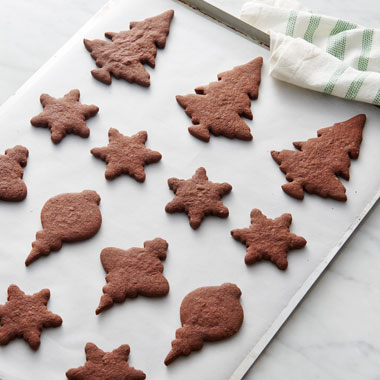
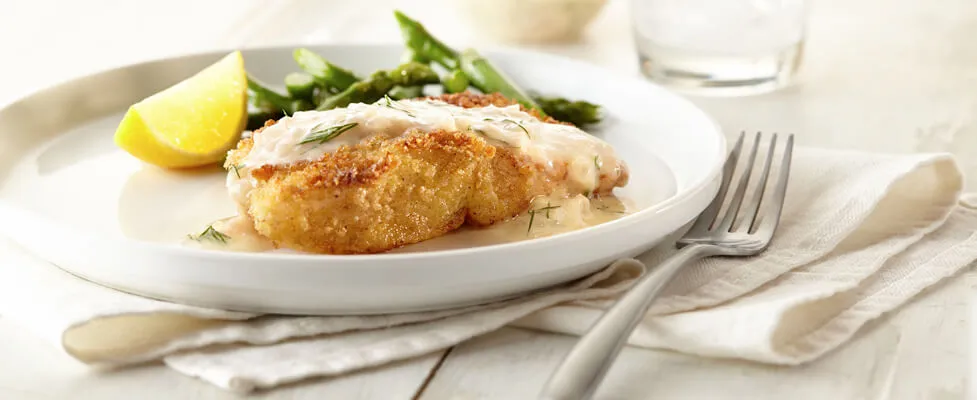
Fish 101
One of my biggest regrets in childhood was that I did not like to eat fish. It really makes no sense. I grew up in a family that loved to fish, so there was ample supply of walleye, crappies, sunfish and northern with the occasional salmon or trout from Lake Superior. I also love to fish and, through practice, I have mastered the skill of cleaning them. To top it off, I’ve always loved to cook fish. During a meal, I would serve up batch after batch of perfectly pan-fried fish (in butter, of course) so it had a crisp cracker coating and delicately flaky interior.
SEE THE RECIPE
 by
Kim
by
Kim
 by
Kim
by
Kim
One of my biggest regrets in childhood was that I did not like to eat fish. It really makes no sense. I grew up in a family that loved to fish, so there was ample supply of walleye, crappies, sunfish and northern with the occasional salmon or trout from Lake Superior. I also love to fish and, through practice, I have mastered the skill of cleaning them. To top it off, I’ve always loved to cook fish. During a meal, I would serve up batch after batch of perfectly pan-fried fish (in butter, of course) so it had a crisp cracker coating and delicately flaky interior.
My palette has since changed, and now I love eating fish as much as I enjoy experimenting with new ways to prepare it. Fish can be intimidating at first, but it really doesn’t have to be.
When cooking fish, the goal is to maintain as much moisture as possible. When the proteins are overcooked, they lose moisture quickly. So the difference between a tender, moist fillet and dry, overcooked fish can be a matter of seconds. When cooking fish, it is important to monitor it continuously and check it frequently for doneness so you can pull it off the heat at that perfect moment.
There are a variety of ways to tell when fish is perfectly done cooking. The flesh of the fish will turn from translucent to opaque all the way through the fillet. When lightly pressed, it should be firm and spring back more quickly. Fish will also flake along the seam and naturally separate when moved. Remember this could take seconds. So if you think it’s almost there, check it again and it will probably be done. The fish will continue to cook, even after it has been removed from heat. When fish is done, it should be served immediately. Unlike beef, fish does not need a rest time and will continue to lose moisture as it sits.
My top 10 tips for fish success
- There are two types of fish…lean and oily. Oily fish has more fat and will take longer to cook. Lean fish are typically white with little or no color. Some examples include sea bass, cod, halibut, walleye, sole and some types of salmon. Oily fish typically have more color and you can see visual streaks of fat lined between the muscle fibers. Just like meat, the higher fat means more tender fish. Examples of oily fish include certain types of salmon, tuna, and mackerel.
- Thaw frozen fish completely in the refrigerator overnight. Cooking frozen or partially frozen fish will cause the edges to be overcooked, or the center to be undercooked.
- Fish should be cold when cooking. Take it out of the refrigerator just before you are ready to cook.
- Use your nose. If the fish smells fishy before you cook it, it probably means it is not fresh and should be thrown away.
- Before cooking, pat the fillet dry with a paper towel. If the fish is wet, it will stick to the pan or grill.
- Fish is often thick in one area and thin in another. Fold the tail under to even out the thickness or cut the fish into chucks that are similar thickness.
- Whatever method you use, don’t cook over medium high heat,- as it can dry the fish out quickly.
- For food safety reasons, fish should be cooked to 145°F. Be aware that the fish will often appear done before it fully reaches 145°F.
- The tips for cooking seafood are very similar to cooking fish.
- Have fun and explore different types of fish and cooking methods.
Now that you know the basics for success, here is a collection of recipes I have developed, using different techniques for cooking fish.
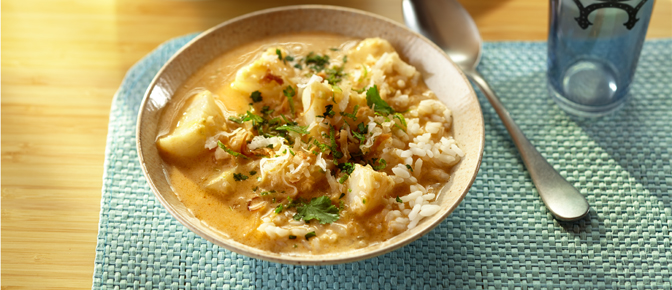
Thai Coconut Fish – Simmering in curry sauce makes the fish incredibly tender, and the flavor is infused into the meat.
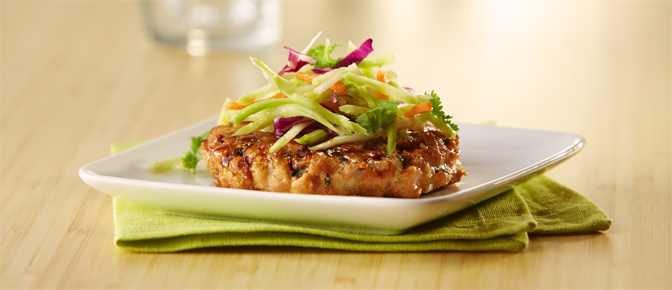
Teriyaki Salmon Cakes with Asian Slaw -- Using salmon, or any firm fish, is a great alternative when making crab cakes.
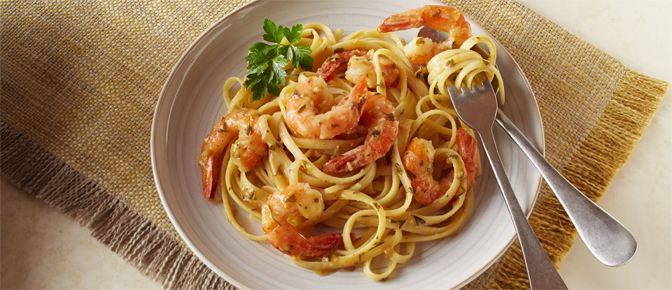
White Wine Garlic Shrimp Linguine – Sautéing shrimp is a quick and easy standby for cooking fish or seafood.
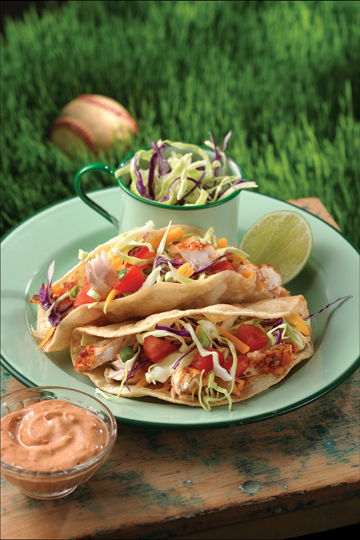
Grilled Fish Tacos – Seafood and fish are delicious on the grill. For delicate fish, be sure to place the it on aluminum foil so it doesn’t fall through the grates as it cooks.
Share Your Thoughts
Did you find this article helpful? Has it inspired you? What else would you like to know?




